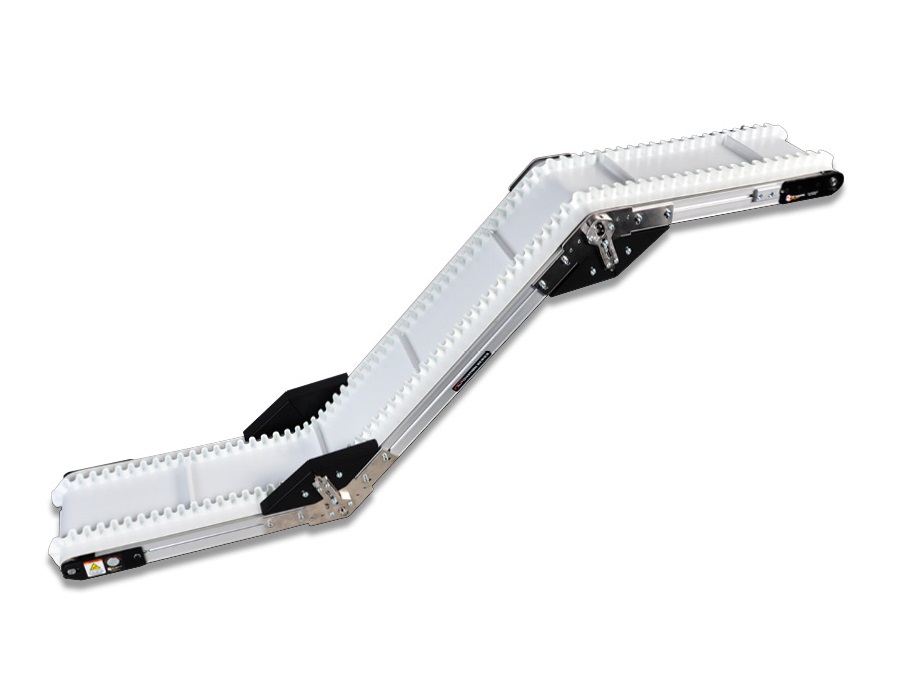Meeting Post Pandemic Conveyor Handling Needs
It may appear conveyor and packaging systems have very little impact on the current supply chain woes or other supply chain slowdowns because of the pandemic. But conveyor system manufacturers must be acutely aware of these market shifts to better serve their manufacturing and fulfillment clients. The ability for manual conveyor handling needs is just one example of how the pandemic has affected production throughput in adverse ways.
Even in what we can refer to as the post-pandemic age, the way each conveyor company innovates through design and standardization informs conveyor use under changing supply chain demands. Packaging automation system manufacturers must also innovate to ensure smooth integration with conveyor systems to provide a flexible solution to changing manufacturing environments. This becomes more urgent as the material handling market continues to grow. The global material handling market is expected to reach $127.26 billion in 2025 from the projected $92.48 billion in 2021 according to the recent Research and Markets report.
Companies reorganizing their operations because of the impact of COVID-19 is one factor driving these numbers because of containment restrictions. It is now increasing post- pandemic market demands that play a major part in that growth. As this demand increasingly pressures supply chains, manufacturers, and fulfilment centers are moving towards a just-in-case rather than just-in-time supply chain mindset. This has a big impact on conveyor design and how conveyor system manufacturers meet the customization needs of product facilities and fulfillment centers.
The ability to easily reconfigure conveyor systems to meet production changes and maximize throughput fall to the conveyor company working in collaboration with companies producing and shipping goods. The primary way they are meeting this challenge is through innovative technologies.
The complexity of conveyor systems encompasses packaging technology, which is vital to supporting both production and supply chain throughput. Automation and flexibility are what enable manufacturers and fulfillment centers to respond to drastic supply chain-driven throughput changes.
Modular conveyor designs supporting Lean methods while integrating robotics, automation and conveyor systems can increase throughput and quality while lowering waste and downtime. These systems with WMS and other industrial software platforms are leveraging the Internet of Things (IoT) and AI to unify data from a wide range of sources. This includes across the supply chain to deliver real-time visibility that can inform proactive production changes.
Source: https://www.conovey.com/meeting-post-pandemic-conveyor-handling-needs/




Comments
Post a Comment